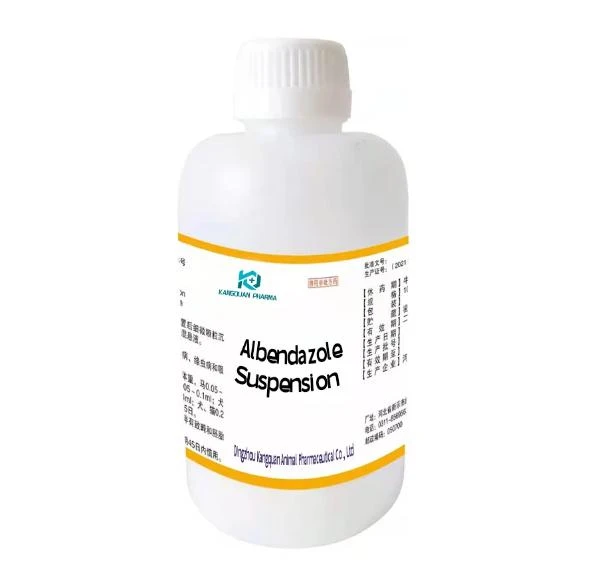- Afrikaans
- Albanian
- Amharic
- Arabic
- Armenian
- Azerbaijani
- Basque
- Belarusian
- Bengali
- Bosnian
- Bulgarian
- Catalan
- Cebuano
- Corsican
- Croatian
- Czech
- Danish
- Dutch
- English
- Esperanto
- Estonian
- Finnish
- French
- Frisian
- Galician
- Georgian
- German
- Greek
- Gujarati
- Haitian Creole
- hausa
- hawaiian
- Hebrew
- Hindi
- Miao
- Hungarian
- Icelandic
- igbo
- Indonesian
- irish
- Italian
- Japanese
- Javanese
- Kannada
- kazakh
- Khmer
- Rwandese
- Korean
- Kurdish
- Kyrgyz
- Lao
- Latin
- Latvian
- Lithuanian
- Luxembourgish
- Macedonian
- Malgashi
- Malay
- Malayalam
- Maltese
- Maori
- Marathi
- Mongolian
- Myanmar
- Nepali
- Norwegian
- Norwegian
- Occitan
- Pashto
- Persian
- Polish
- Portuguese
- Punjabi
- Romanian
- Russian
- Samoan
- Scottish Gaelic
- Serbian
- Sesotho
- Shona
- Sindhi
- Sinhala
- Slovak
- Slovenian
- Somali
- Spanish
- Sundanese
- Swahili
- Swedish
- Tagalog
- Tajik
- Tamil
- Tatar
- Telugu
- Thai
- Turkish
- Turkmen
- Ukrainian
- Urdu
- Uighur
- Uzbek
- Vietnamese
- Welsh
- Bantu
- Yiddish
- Yoruba
- Zulu
10 月 . 02, 2024 10:36 Back to list
lincomycin hydrochloride
Lincomycin Hydrochloride An Overview
Lincomycin hydrochloride is an antibiotic that belongs to the class of lincosamides, primarily used to treat infections caused by gram-positive bacteria. It was first discovered in the late 1960s and derived from the bacterium *Streptomyces lincolnensis*. This medication is particularly effective against various strains of bacteria that are resistant to penicillin, making it a valuable option in the pharmaceutical arsenal against infections.
The mechanism of action of lincomycin hydrochloride involves the inhibition of bacterial protein synthesis. It achieves this by binding to the 50S subunit of the bacterial ribosome, which ultimately disrupts the translation process. As a result, this hinders the growth and replication of bacteria, allowing the immune system to effectively combat the infection. Lincomycin is particularly advantageous in treating severe infections of the skin, dental infections, and certain respiratory tract infections.
One of the significant aspects of lincomycin hydrochloride is its efficacy against anaerobic bacteria, which thrive in low-oxygen environments. This attribute makes it essential in treating infections originating from dental procedures or deep tissue infections where anaerobic bacteria might dominate. However, lincomycin should be administered with caution, as it can have adverse effects and may not be suitable for all patients.
lincomycin hydrochloride

Common side effects of lincomycin hydrochloride include gastrointestinal disturbances such as diarrhea, nausea, and vomiting
. In some cases, it can lead to more severe complications, such as Clostridium difficile-associated diarrhea, a condition that arises from an imbalance in gut microbiota due to antibiotic use. Therefore, clinicians must weigh the benefits against the risks when prescribing this medication.Dosage and administration of lincomycin hydrochloride depend on the severity of the infection and the patient's overall health. It can be administered orally or intravenously, with careful monitoring required for intravenous use to avoid potential complications. Typically, the treatment duration ranges from a few days to several weeks, depending on the infection's nature and the patient's response to therapy.
Despite its effectiveness, lincomycin hydrochloride is not the first-line treatment for most infections due to the availability of other antibiotics with broader spectra and fewer side effects. Nevertheless, its role remains critical in specific cases, particularly when treating patients allergic to more commonly used antibiotics like penicillin.
In conclusion, lincomycin hydrochloride serves as an essential antibiotic in the therapeutic landscape, particularly against resistant gram-positive bacteria and anaerobes. With its specific application and caution required during use, it exemplifies the complexity of antibiotic therapy in modern medicine. Continued research and awareness surrounding antimicrobial resistance are crucial to ensuring effective treatment options remain available and are used appropriately in the clinical setting. As antibiotic resistance becomes an increasingly pressing issue, lincomycin and similar compounds will likely maintain their relevance in addressing challenging infections.
-
The Power of Radix Isatidis Extract for Your Health and Wellness
NewsOct.29,2024
-
Neomycin Sulfate Soluble Powder: A Versatile Solution for Pet Health
NewsOct.29,2024
-
Lincomycin Hydrochloride Soluble Powder – The Essential Solution
NewsOct.29,2024
-
Garamycin Gentamicin Sulfate for Effective Infection Control
NewsOct.29,2024
-
Doxycycline Hyclate Soluble Powder: Your Antibiotic Needs
NewsOct.29,2024
-
Tilmicosin Premix: The Ultimate Solution for Poultry Health
NewsOct.29,2024













